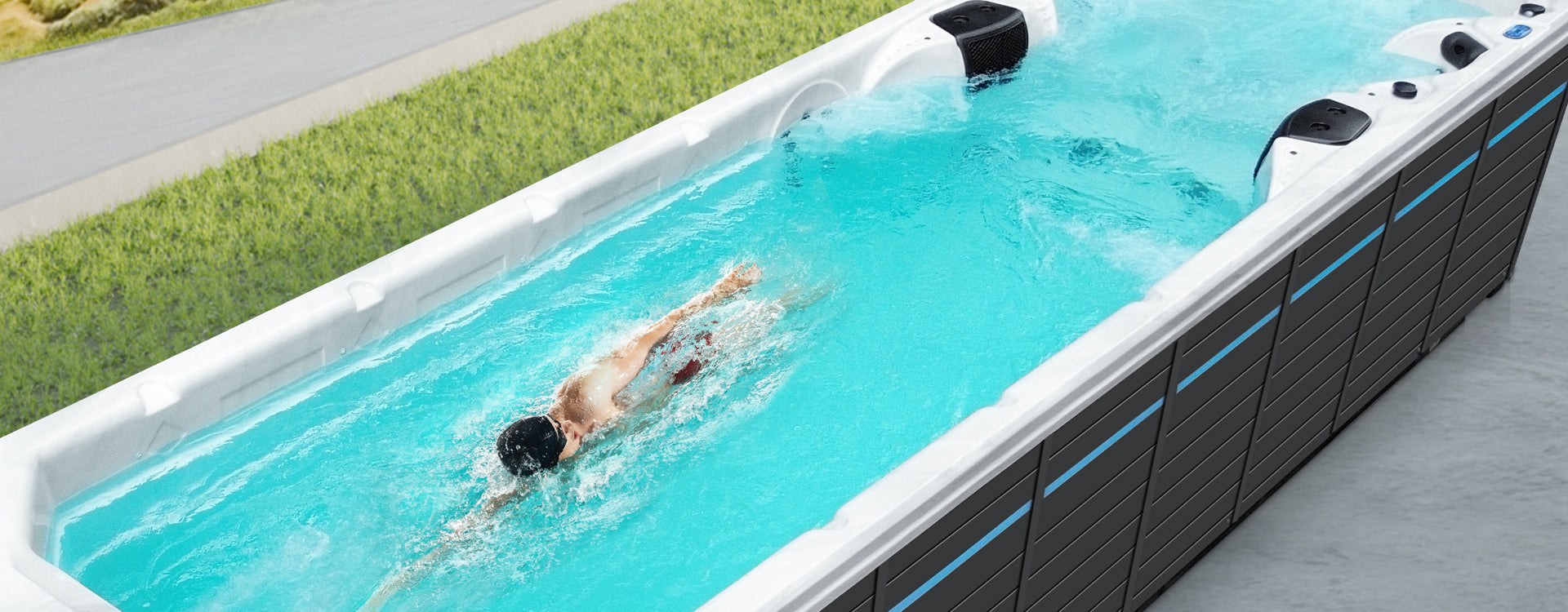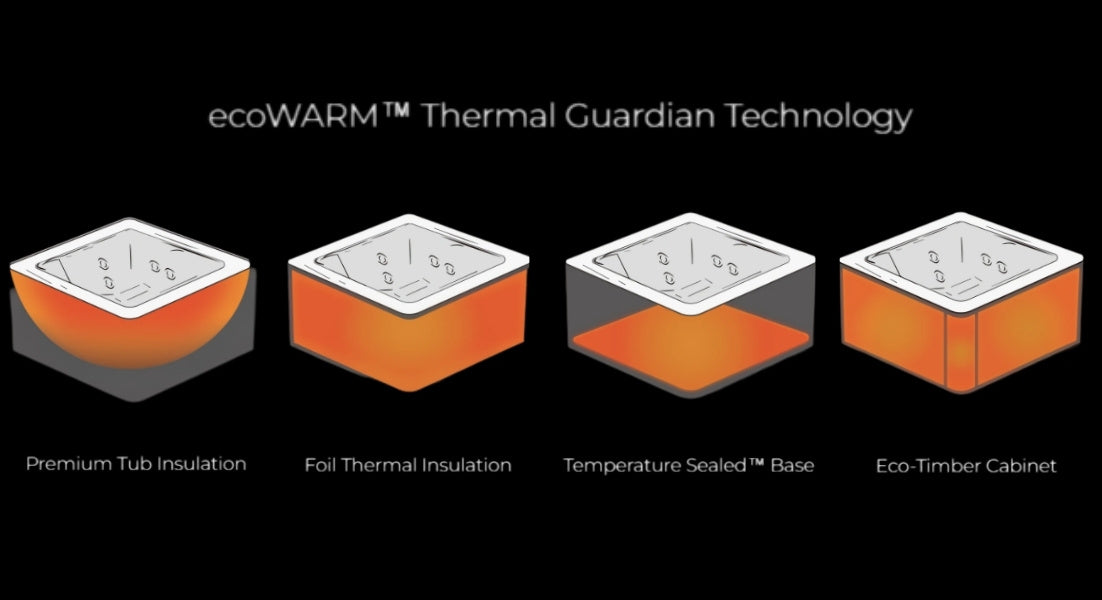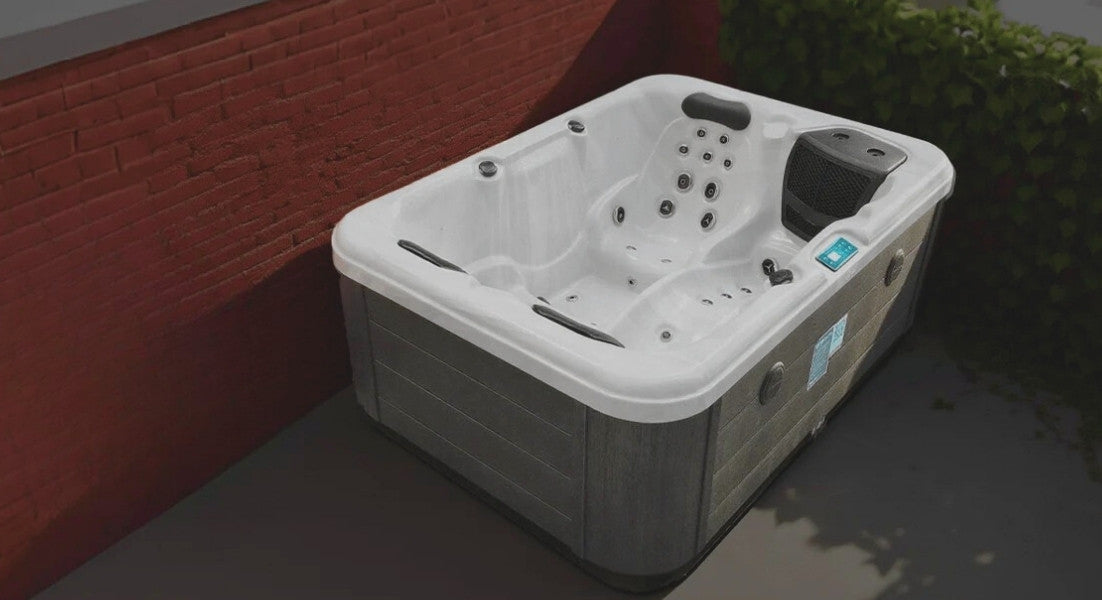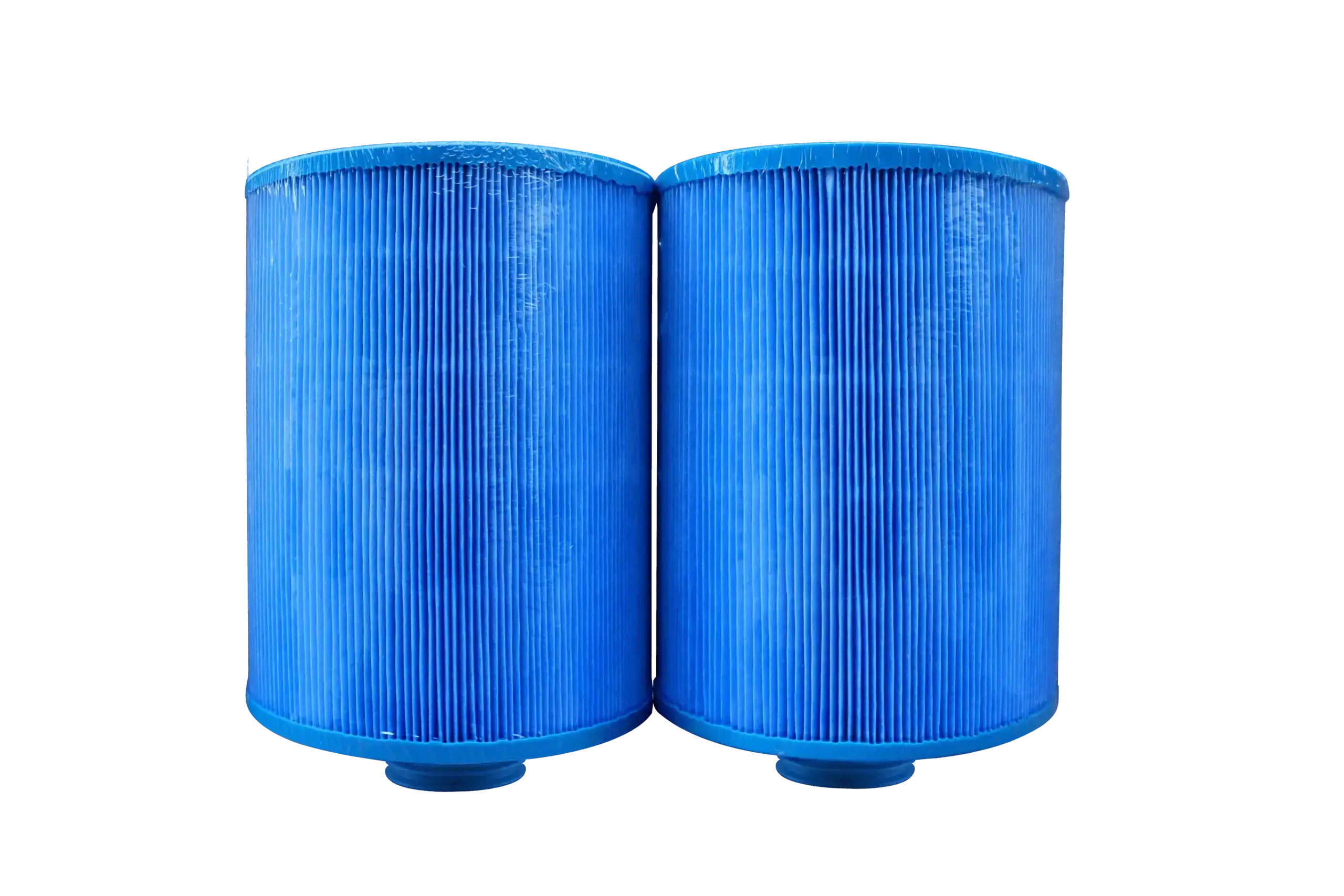When considering a spa installation, one big decision is whether to install it in a pit (in-ground) or place it aboveground. Each option has pros and cons, from aesthetics and functionality to cost and maintenance. Here’s a breakdown to help you decide which choice might be best for your space and lifestyle.
In-Ground Spa Installation: The Pros and Cons
Pros:
-
Aesthetics: An in-ground spa integrates seamlessly with landscaping, patios, or pool areas, creating a luxurious, cohesive look. For many, this can be the deciding factor since an in-ground spa adds a resort-like feel to a backyard and can increase property value.
-
Accessibility and Safety: In-ground spas are typically easier to get in and out of, especially if steps or handrails are added. This can be a huge plus for people with limited mobility or for children and older adults. Because they sit level with the ground, it’s easy to slide in without having to climb over the spa’s edge.
-
Customization: Since in-ground installations often involve more comprehensive planning and construction, there are opportunities to customize. You can add features like cascading waterfalls, custom seating, or even integrate the spa with a pool for a sleek dual-purpose space.
Cons:
-
Cost: In-ground spa installations can be pricey. The excavation, foundation, plumbing, and potential landscaping costs often make this the more expensive option. Additionally, maintaining an in-ground spa might be more expensive due to potential wear on the plumbing and structural components over time.
-
Installation Time and Effort: Because in-ground spas require excavation and more intensive installation, they often take longer to set up. Permits may be necessary, which adds another layer of time and paperwork to the process.
-
Limited Mobility: Once an in-ground spa is installed, moving it isn’t an option. If you plan to redesign your yard or relocate, an in-ground spa could limit flexibility, which could be a drawback for those who anticipate future changes to their outdoor space.
Aboveground Spa Installation: The Pros and Cons
Pros:
-
Cost-Effective: Aboveground spas are generally more affordable to purchase, install, and maintain. They don’t require extensive excavation or landscaping adjustments, making them a more budget-friendly choice.
-
Flexibility and Portability: An aboveground spa can be moved if you decide to change your layout or even bring it with you if you move homes. This flexibility makes it ideal for renters or homeowners who value adaptability in their outdoor spaces.
-
Ease of Installation: Aboveground spas can be set up much quicker than in-ground options. Installation usually just involves leveling the ground and setting up the spa, which can often be completed in a day or two.
Cons:
-
Aesthetic Appeal: While aboveground spas come in various designs and finishes, they may not provide the same seamless, resort-style look as an in-ground spa. They can appear bulkier and may not blend into landscaping as easily, which can detract from the overall aesthetic.
-
Accessibility: Getting in and out of an aboveground spa can be trickier, especially for individuals with mobility issues. Climbing over the side of the spa is a common requirement, which can be inconvenient for some users.
-
Temperature Vulnerability: Aboveground spas are more exposed to the elements, which can lead to heat loss during colder months. This might increase heating costs if you live in a colder climate, as it will take more energy to keep the spa at a comfortable temperature.
Conclusion
In-ground spas are luxurious, permanent, and visually appealing, ideal for those who want an integrated outdoor space and don’t mind the upfront investment. Aboveground spas, on the other hand, offer affordability, flexibility, and easy installation. The best choice comes down to budget, design preferences, and whether you value permanence or flexibility. Weighing these factors will help you make the right decision for your relaxation and entertainment needs.





Share:
Simple Modern Spa Advantages
Australian Summer: Make the Most of Your Spa This Summer